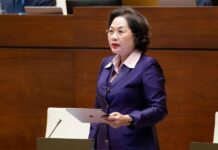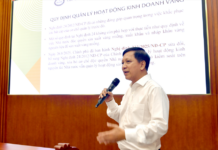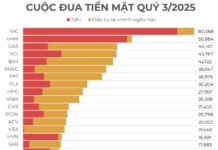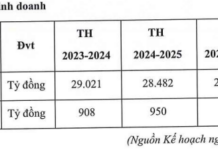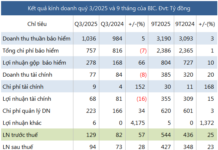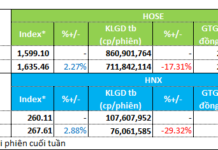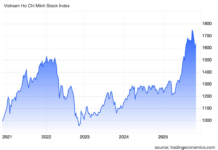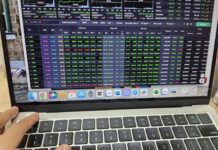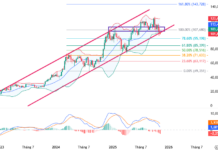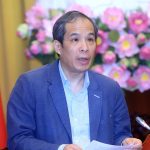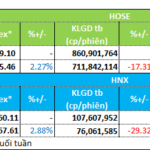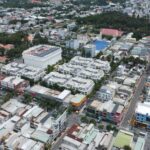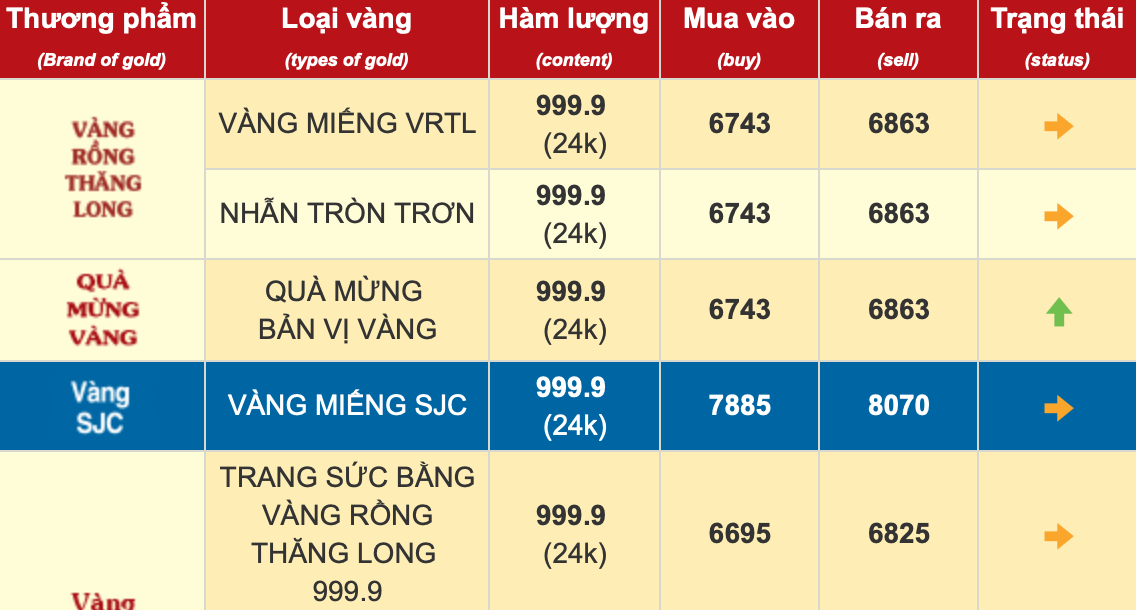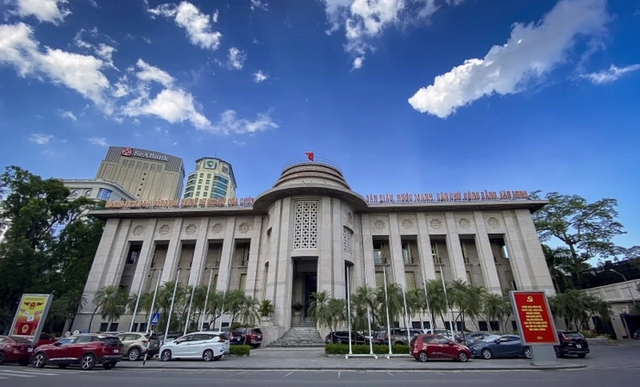
Illustrative image
In its recently published macroeconomic report, Rong Viet Securities (VDSC) noted that June was the second consecutive month that the State Bank of Vietnam (SBV) conducted net withdrawal from the open market, amounting to approximately VND 99.5 trillion, a significant 62% increase from the previous month. This net withdrawal was balanced across both the pledge of securities (OMO) and the issuance of treasury bills.
Specifically, about VND 54 trillion was withdrawn through the pledge channel, with the remaining amount withdrawn through SBV treasury bills. The frequency of using the treasury bill channel was more positive, and the SBV also raised the interest rate on treasury bills to match the interest rate of the pledge channel at 4.5%/year in June. In return, the SBV adjusted the tenor of the treasury bills from 28 days to 14 days, possibly to address short-term liquidity needs.
In the past month, according to unofficial information, the SBV also sold about $1.9 billion (~VND 48.3 trillion). The volume of foreign currency sales decreased compared to May 2024, and the demand for foreign currency seemed to increase from the second half of June. Cumulatively, up to July 03, it is estimated that the SBV has sold about $6.4 billion (~VND 162.5 trillion).
Combining the results of these two operations, VDSC observed that the SBV effectively did not neutralize the VND amount withdrawn through foreign currency sales. As of July 04, the balance in the open market for the pledge and treasury bill channels was VND 34.5 trillion and VND 147.8 trillion, respectively.
On the other hand, the overnight VND lending rate in the interbank market, after a slight decrease at the end of June 2024, rebounded to the 4.5%/year range in the first days of July. While the net withdrawal from the open market and foreign currency sales helped maintain interbank interest rates at a high level, it also potentially made VND liquidity challenging.
“This will lead to liquidity risks for the system in the coming time as M2 money supply and mobilization increase slowly, but credit is accelerating again,” VDSC assessed.
According to data from the General Statistics Office, deposit growth as of June 24 reached only 1.5%, lower than the 3.7% increase in the same period last year. Meanwhile, credit growth as of June 24 reached nearly 4.5% compared to the beginning of the year, higher than the 3.8% increase in the same period.
Looking at monetary policy in the second half of this year, VDSC believes that the SBV will still face exchange rate pressure. This is due to the predicted strength of the US dollar, which is influenced by: (1) the interest rate differential between the US and other countries remaining high as the Fed cuts interest rates slower and less than other central banks, (2) the expectation of some economists that a Trump win in the upcoming US presidential election will lead to a return of inflation, affecting the Fed’s interest rate decisions, and (3) prolonged geopolitical risks increasing the demand for USD as a safe-haven asset.
Based on this outlook, the analysis team suggested that the SBV may have to continue depleting its foreign exchange reserves if it wants to curb exchange rate movements. As Vietnam’s foreign exchange reserves are limited, and the demand for USD usually increases in the latter part of the year, this could pose a risk that the depletion of reserves may not achieve the desired effect on exchange rate control.
According to VDSC, a possible solution is for the SBV to further raise interest rates in the open market to narrow the USD-VND interest rate differential in the interbank market. Currently, the interest rates for treasury bill issuance and pledge in the open market are both 4.5%/year, equivalent to the refinancing rate. Therefore, in the scenario where the SBV cannot continue to defend the exchange rate with foreign reserves, VDSC expects the central bank to raise its operating interest rate by another 25-50 basis points (0.25 – 0.5%) in the second half of 2024.
In the first half of 2024, deposit rates recovered from their lows, with an average increase of about 0.3 – 0.5% compared to the end of March 2024. However, deposit rates are still lower by about 0.15 – 0.45% compared to the end of last year. In the second half of 2024, VDSC believes that a further increase of 0.5 – 1.0% in deposit rates is a reasonable scenario, considering the expected movements in exchange rates and policy rates.
Regarding lending rates, SBV’s statistics show that the average lending rate decreased by about 0.9% in the first five months, faster than the decline in deposit rates.
“The rebound in deposit rates will affect the downward trend of lending rates, but we expect this impact to become more apparent in the last quarter of this year or early next year,” VDSC forecasted.
Ensuring Citizens’ Rights During Mass Bank Withdrawals
Credit institutions regulations stipulate measures to be taken when a credit institution undergoes mass withdrawals, including the bank’s self-remedial measures and liquidity support measures, ensuring the stability of the system.








